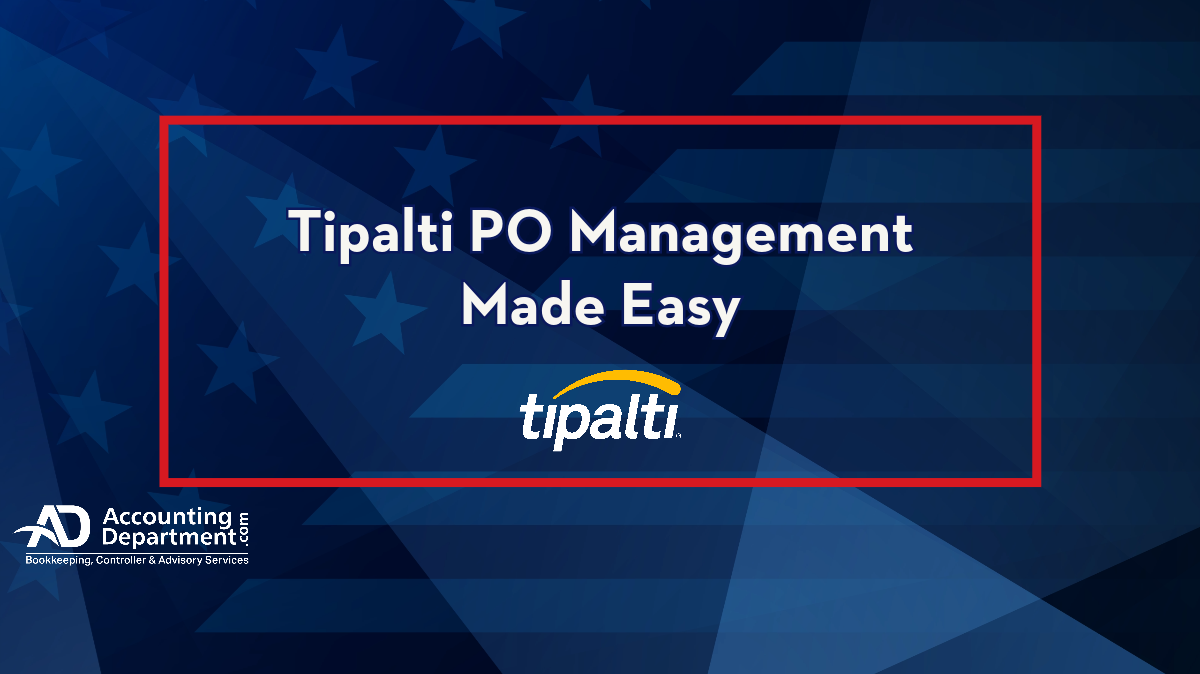The new Thomson Reuters podcast, Tax & Tech Talks explores the evolving intersection of tax and technology. Each episode explores current issues or topics, giving listeners an opportunity to gain a deeper understanding and new perspectives in tax and tech. We chat with top subject matter experts and industry leaders as we break down these top-of-mind topics.
Cutting edge technologies, such as artificial intelligence (AI) and machine learning, are transforming work processes in numerous industries, allowing for increased efficiency and cost savings. And even what once was perceived as the staid practice of tax and accounting is being transformed, molding the industry into one where AI tax software and other technologies are used to increase automation, gather and analyze data and research, and enhance decision-making — all with the goal of helping tax professionals add greater value to their companies.
And while tax industry professionals are known for more calculated, deeper expertise and judgment — concepts that some might think run counter to high-tech methods — the opposite is actually true. That deep, thoughtful studied approach to work that tax professionals exhibit can be sharpened even further by AI-enabled automation and similar processes that will allow those tax professionals to use their expertise more fully.
_______________________________________________________
Listen to the entire episode
The Future is Here… Almost! Questions Artificial Intelligence Can Solve in Tax
Listen and subscribe to Tax & Tech Talks podcast on Spotify, Libsynpro, and Apple Podcast apps.
_______________________________________________________
This is especially evident in corporate tax teams, which are facing mounting pressure from their companies to increase efficiency, lower costs, and add more value to the businesses’ bottom line. Little surprise then, that in Thomson Reuters recent 2020 Corporate Tax Departments Survey, almost one-third of corporate tax department leaders surveyed identified enabling technology into their work processes as a key challenge.
Using AI to aid expertise
In a recent webinar on the use of AI and other technologies among tax professionals, panelists Ronald Hein, a researcher at the University of Tilburg (the Netherlands) and former Vice President of Tax of Rabobank; and Tim van Uden, a Partner at Advance Tax Solutions and founder of SMRTR, a technology solutions firm, discussed how AI can be used in tax.
“What tax people do all day, every day is essentially interpreted tax law and tax regulations, which are the sort of thing we would like computers to help us with,” says Hein.
More specifically, AI can greatly aid the automation of the corporate tax department — an area that has been somewhat resistant to large-scale changes in the past, explains van Uden. Now, we see tax teams asking how they can use AI to make their work processes more automated and help them gather and analyze their companies’ internal data in a more useful way, he adds.
“There was a big focus on data gathering, getting that structured and automated,” van Uden says. “And that’s the first challenge of tax departments, in my opinion.” Basically, this means using AI-driven automation to gather and analyze your data to see what you have internally and then, determine how you can leverage this information.
For example, there are AI-powered products designed to help corporate tax teams do their jobs more efficiently by offering faster and easier ways to access and process the information tax teams are seeking. In many cases, tax pros will be presented with analytics that looks like decision trees based on what they would like to see or know, gathered from the historic knowledge of the company. From there, they can often focus on with AI-guided precision to get the answers that auditors, other stakeholders, or other business units might want to see.
“By using artificial intelligence and machine learning in this way, you can determine whether that data can show you an answer that has a probability of being valid tax position,” van Uden observes, adding that those answers can be compared to multiple positions taken in the past to see if there’s a pattern there that can lead tax teams to make better-informed decisions.
Further, if tax department pros combine their company’s static data with external data and research, you can use machine learning and artificial intelligence to create further validations and identify additional positions based on higher probabilities of successful outcomes. However, tax professionals will still need to use their own judgment.
For example, if you have all your company’s internal data and you combine it with tax law, case precedent, country-specific deviations, and all legislative information gathered from online databases, you can determine good positions to take in a tax return, a position paper, or again, with an auditor, van Uden notes. “You can then make a decision based on your own judgment in combination with that information.”
In addition, Hein outlined in the webinar how AI can be used for more complex problem solving, for example, simply looking at the words and phrases in your questions.
AI-programs themselves don’t know anything about taxes or tax regulations, of course, they simply look at how you ask your question. These programs counts words, look for patterns, and then access a database of existing tax regulations, court decisions, and other data. From there, the AI-program will compare the language, the words, and the phrases in your question to anything that has been cited among all that data. It will look for parallels, find other documents using the word at the same level, and analyze the outcome of that situation. “Determining whether this might be relevant for your question is exactly the sort of analysis computers are really good at,” Hein says.
Many of the challenges that corporate tax teams encounter involves extracting very specific types of information from vast and ever-expanding amounts of data. These situations are perfect for AI algorithms, because they excel at identifying these needles of knowledge in haystacks of data so much faster than a human being. For example, corporate tax accountants using an AI-enhanced program can create a sort of digital “assistant” who knows the tax rules governing any country or jurisdiction in the world and can call upon specific information.
Even in this early stage of AI use in the tax industry, these algorithms can dramatically automate many mundane research tasks, freeing up tax pros to use their expertise elsewhere. Yet, many tech experts and tax strategists feel this is just the beginning and now are looking at how additional processes can be applied to the tax industry.
“We’re asking the question, what are the alternatives to this approach? The linguistic approach as it’s being used now is pretty successful already,” Hein notes, adding that this success will build on itself and find a great number of additional applications within the tax industry. “That’s the kind of thing we are looking at now, and that’s obviously a question for artificial intelligence to solve.”
Click here for a Checkpoint Edge free trial and experience AI-powered research for yourself.





